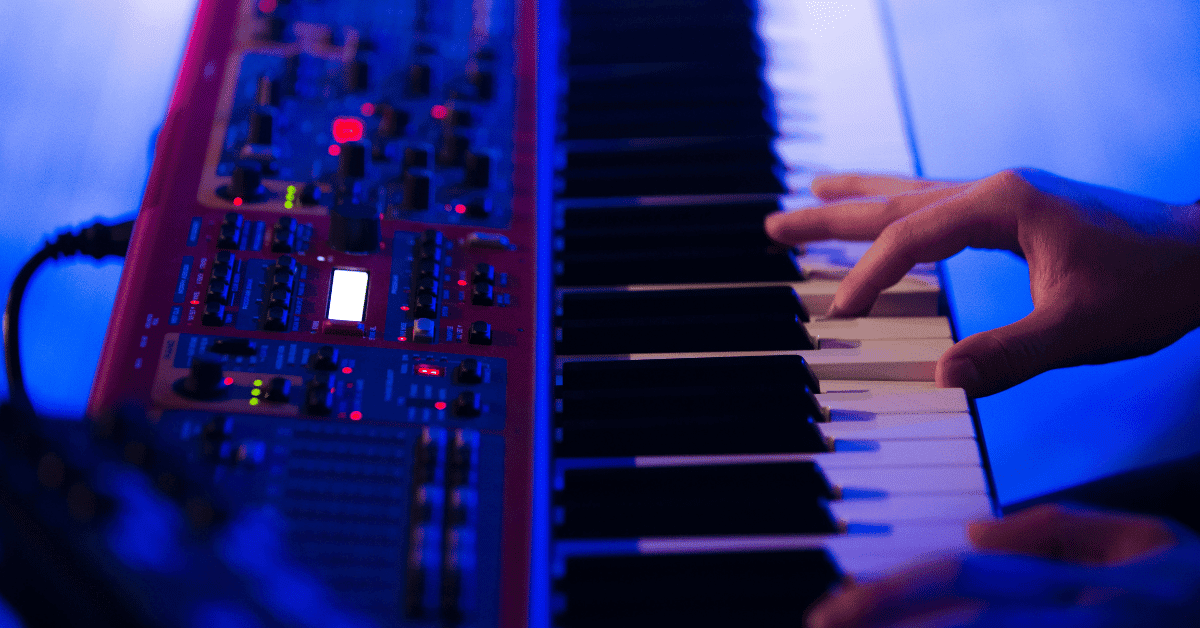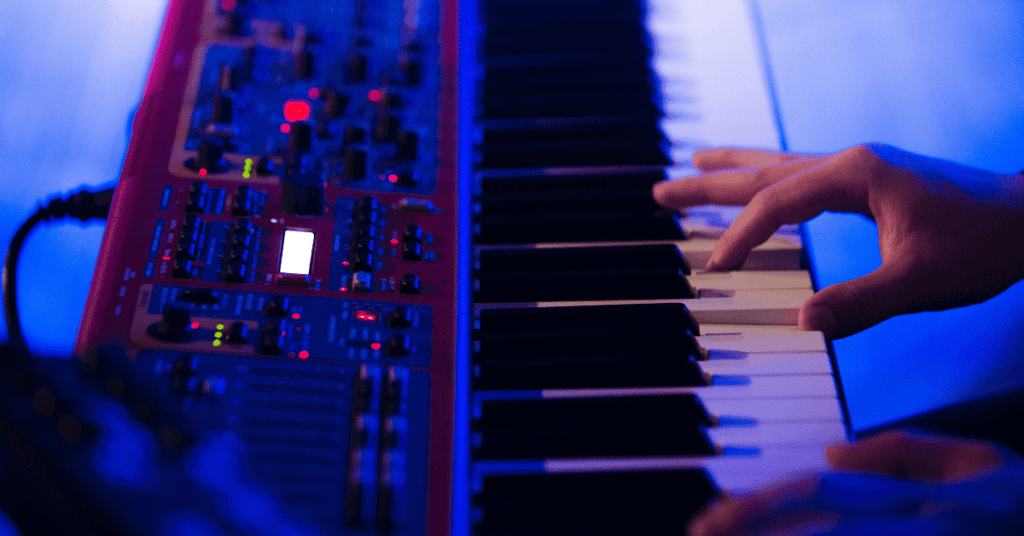In this post I wanted to create an outline of chord shapes that can equip any guitarist, electric or acoustic, to be able to get up on stage at their church and fill in the mix nicely. Many people ask us about transposing, so here is a great solution. If I had these basic chords given to me when I was younger I would have most likely advanced in my playing much quicker.
With each of the chord shapes outlined in this post there are countless variations. In my own playing, I have developed many preferred alternative chords that I play differently than what is listed here. After mastering these basics, I encourage everyone to pursue deeper knowledge of theory and the fretboard so you can easily explore alternative chord voicings. Many chord choices I have found have come from learning other songs and developing an ear for what works, so keep practicing!
With all of the chords, I have listed out the general 7 chord shapes you would need for each song. Most worship songs are simple and call for the 1, 5, 6, and 4 chords (that progression is the most common). To keep things simple, for guitar, you can get away with interchanging the 1/3 with the 1, and the 5/7 with the 5. If all of these numbers are confusing you, do not worry about it, but I would encourage you to research The Nashville Number System as you practice.
Open Chords
These are the most basic chords anyone could probably know. Many people play them differently, but most of the time this is how I roll. I rarely play the high E string with these chords and if I do I will alternate what note I choose depending on what emotion I want (i.e. 0, 2, 3). If you have a capo, you should be able alternate between these G and D open chord shapes to play in any key.
Open Chords – G Shapes
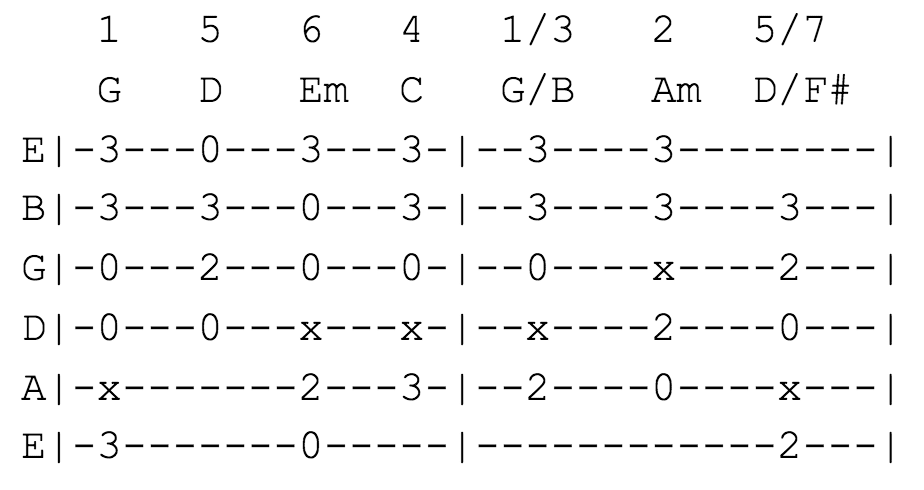
Open Chords, Transposition Example – G Shapes in the Key of B
(capo 4, 0 being open strings)
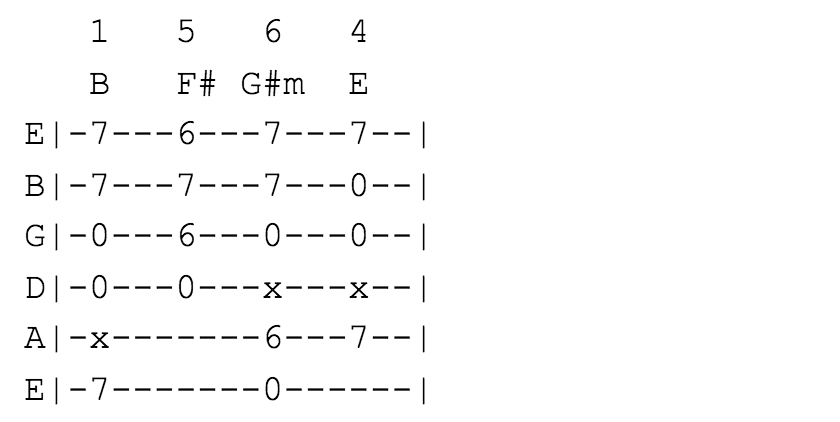
Open Chords – D Shapes
Note: I rarely play the high E string with these chords as well.
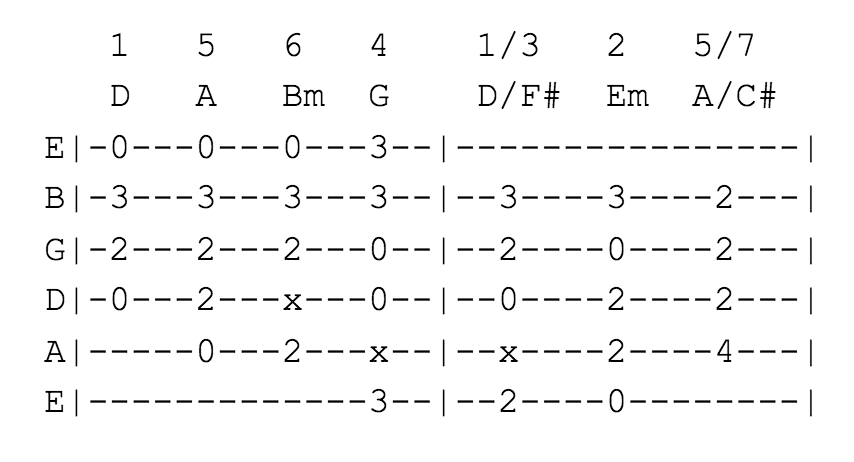
Open Chords, Transposition Example – D Shapes in the Key of F
(Capo 3, 0 being open strings)
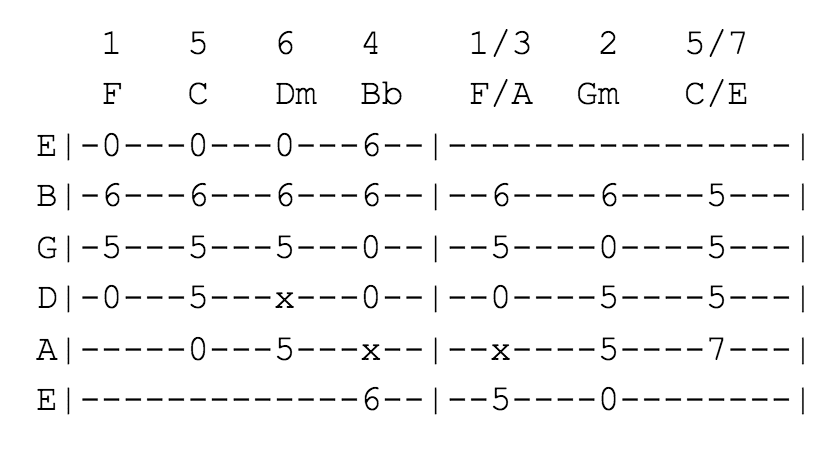
Box Chords
These box chord shapes will allow you to play in any key, but without a capo. These will give you some different voicings to help you play better with other guitarists as well as open the door for more lead guitar options. Make sure to practice using your fretting hand to mute any unplayed strings to make things cleaner.
Box Chords Example 1 – Key of A
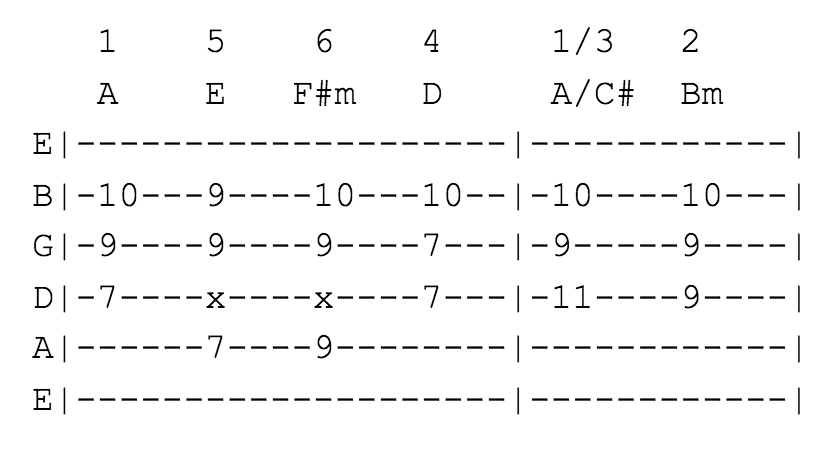
Box Chords Example 1 – Key of C
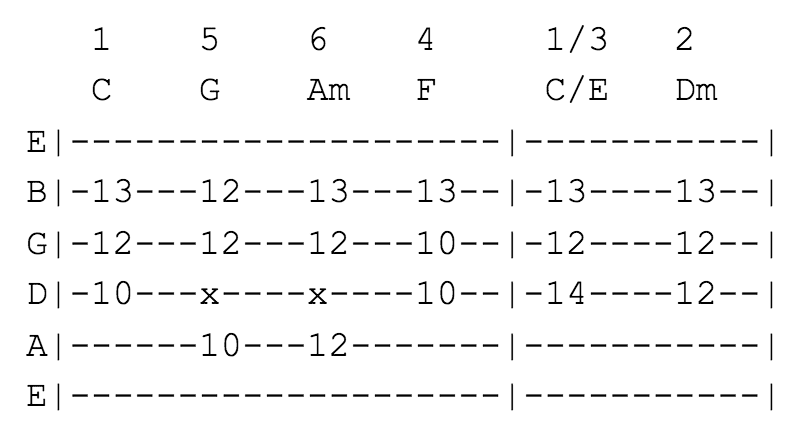
Box Chords Example 2 – Key of C
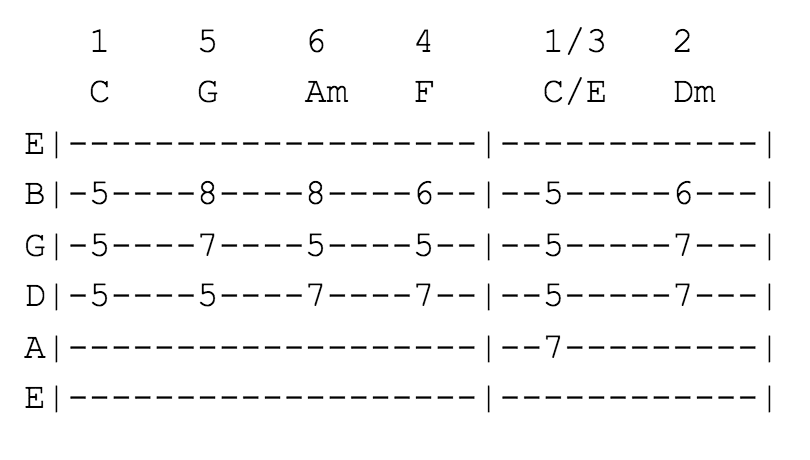
Box Chords Example 2 – Key of E
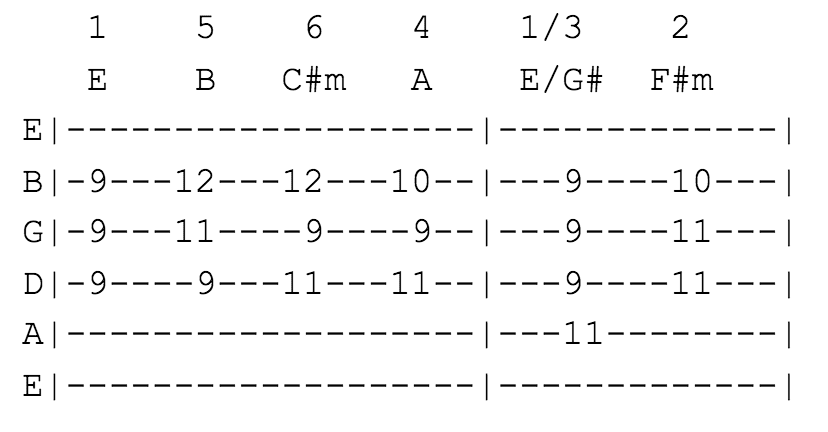
You may also be interested in these resources!
- The Ultimate Guide to Using a Guitar Capo
- Music Theory 101
- 5 Tips for Practicing Difficult Parts
- Mastering Your Fretboard & Transposing Lead Guitar



